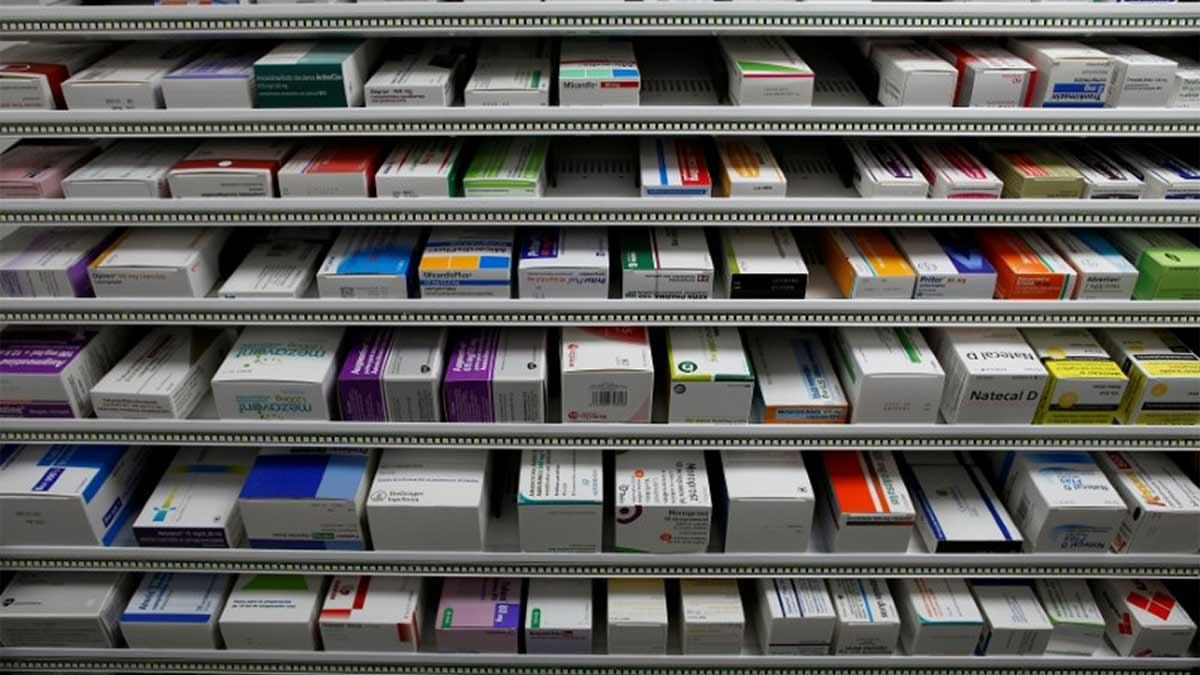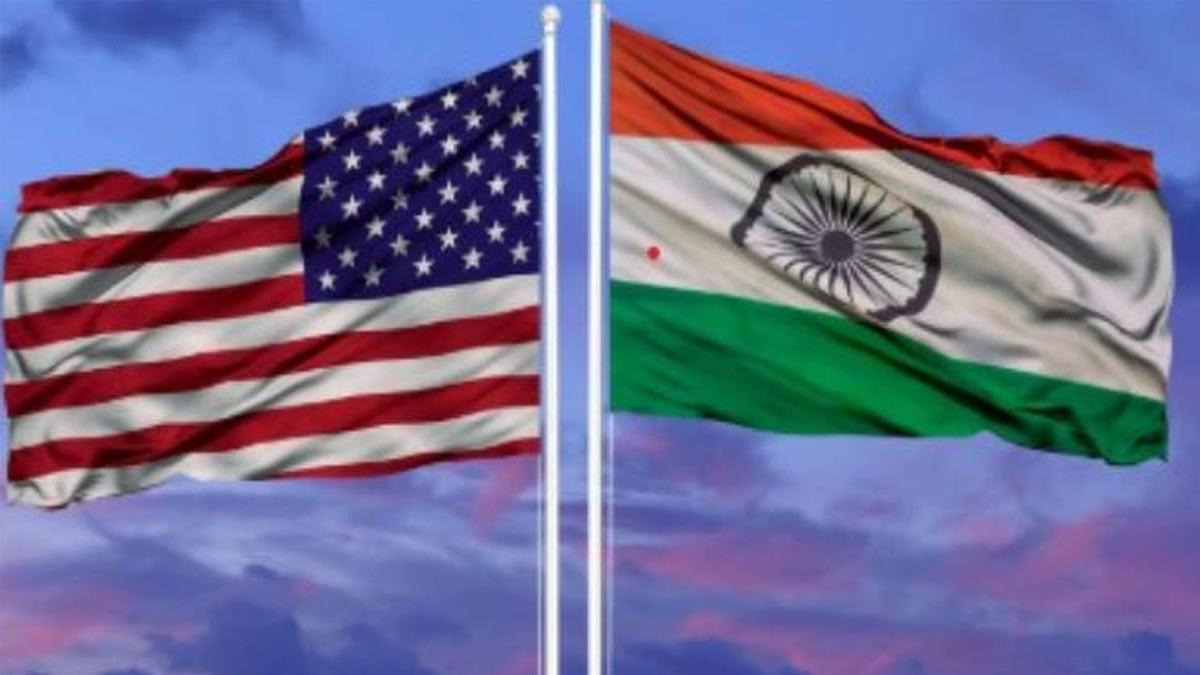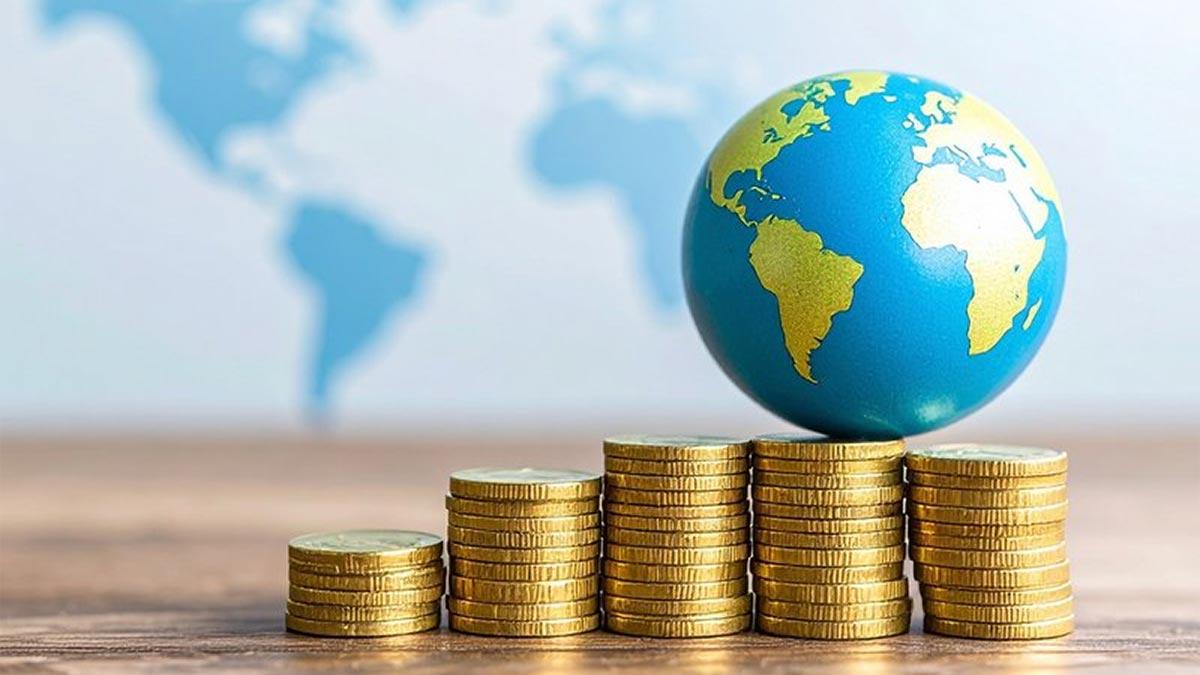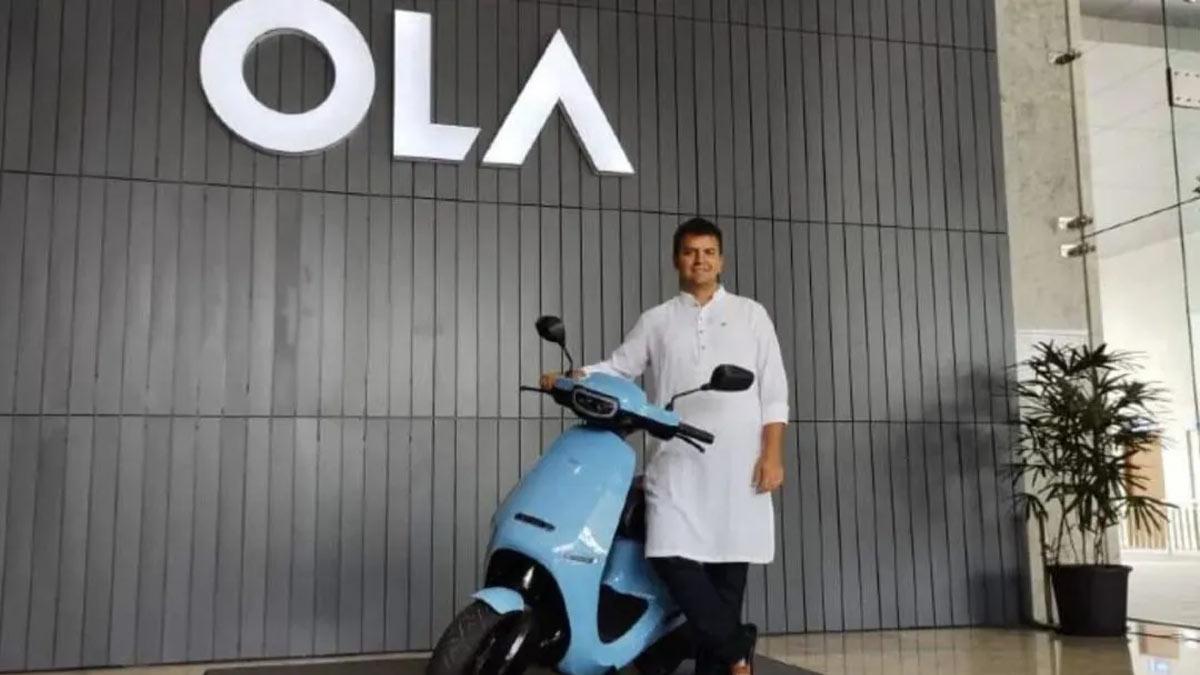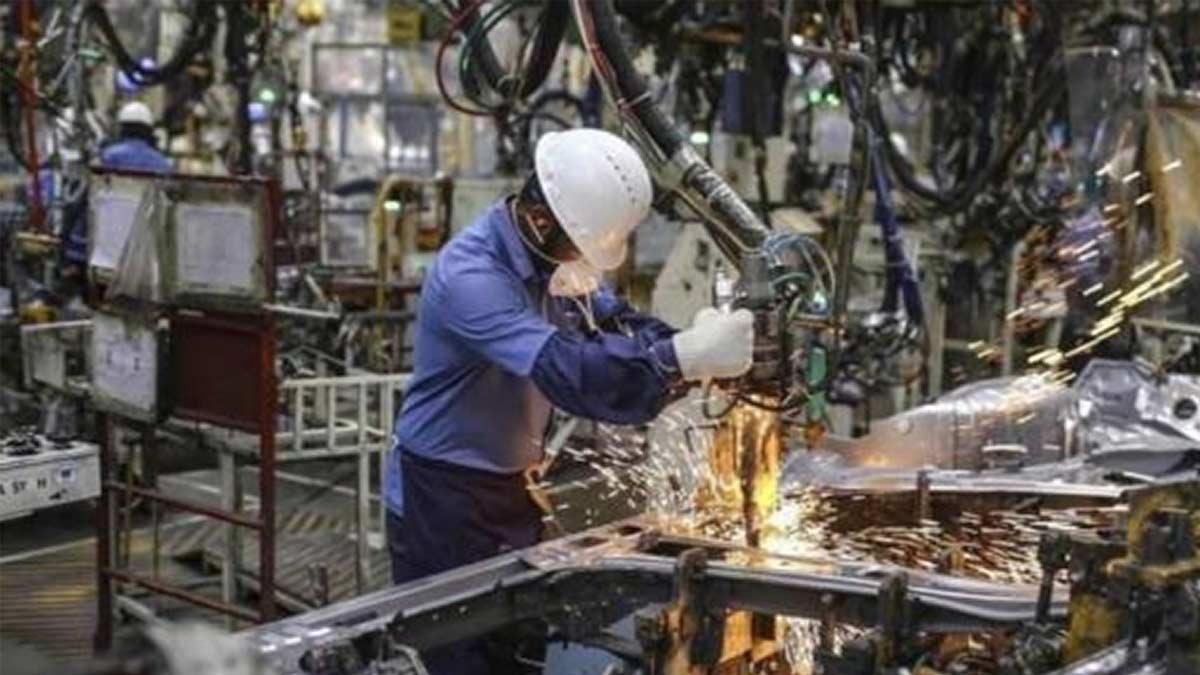India's pharma export industry continued to be strong, touching $4.9 billion in the months of April–May of FY26, according to recent figures published by the Pharmaceuticals Export Promotion Council of India (Pharmexcil).
Pharmexcil, which operates under the Ministry of Commerce and Industry, is the official organization for promoting export of pharmaceuticals.
The data shows a 7.38% year-over-year growth for the period, indicating the industry's ongoing global traction and increasing presence in overseas markets.
This constant increase, as stated by Pharmexcil, seems to result from a blend of green manufacturing approaches, increased penetration in international markets, and the embracing of digital technologies. The Council further noted that such measures are in line with India's long-term vision of achieving a trillion-dollar pharma trade target.
"India's pharma exports continue to reflect a consistent year-on-year growth, with formulations and biologicals still leading the export segment," said Namit Joshi, chairman, Pharmexcil, during a recent media interaction.
He added, "We credit the growth to increased global demand, streamlined regulatory clearances, technological upgradation, strategic alliances, and economic stability."
As per the statistics, formulations and biologicals made up most of India's pharmaceutical exports, accounting for 75.74% of the total. Bulk drugs and drug intermediates, on the other hand, increased by 4.40% in May.
Vaccine exports grew by 13.64%, earning $190.13 million. Other segments like surgical products and Ayush and herbal products also saw encouraging growth of 8.58% and 7.36% respectively.
India's primary export markets are still clustered in the North American Free Trade Agreement (NAFTA) region, as well as Europe, Africa, and Latin America, which combined share about 76% of pharma export trade, reports Pharmexcil.
The U.S. remains India's biggest pharmaceutical export market. In May alone, exports to the U.S. touched $1.7 billion, accounting for 34.5% of total pharma exports, and showed a 1.5% year-on-year increase.
While the major regions of Europe and Africa had modest gains, the ASEAN block was a newly active market, underlining India's growing global presence.
Policy-wise, Joshi cited the negotiations of the India-UK Free Trade Agreement (FTA) as a note-worthy current development in the proceedings, highlighting their ability to augment pharma supply chains and enhance access to low-cost medicines.
He noted that the FTA would also see foreign direct investments, particularly in contract development and manufacturing (CDMO) and partnership research.
Read also| RBI Report Highlights India as Major Engine of Global Economic Growth

